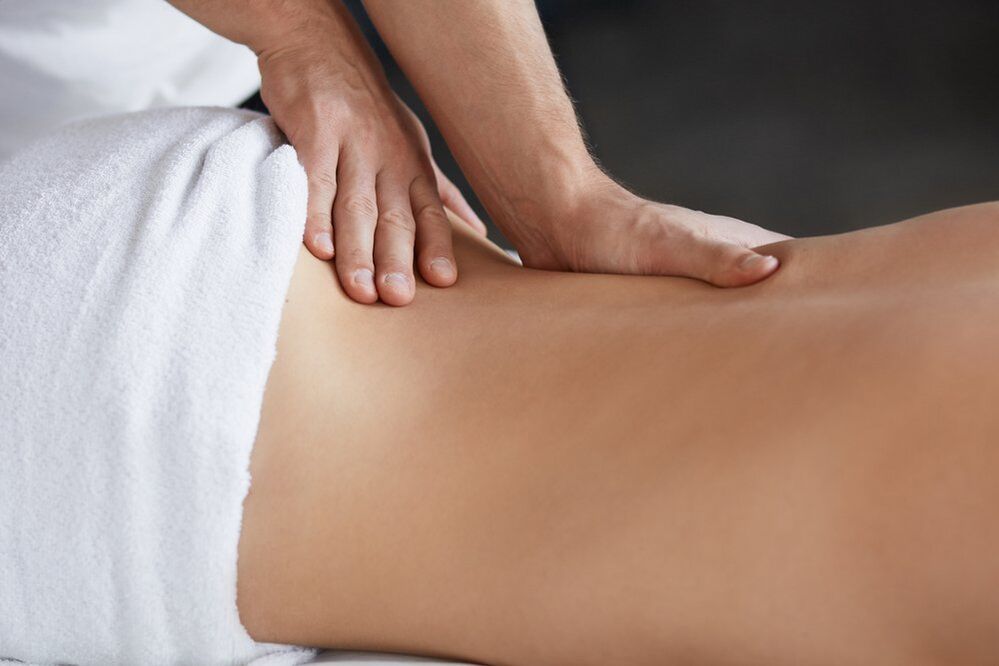Osteochondrosis is a disease that has a chronic course, accompanied by progressive degenerative changes in the intervertebral disc. Often, such pathological processes affect the cervical or lumbar spine. Gradually, it leads to the formation of an intervertebral hernia, followed by compression of the spinal cord, vessels passing nearby, and so on. In this article, we will talk about the clinical signs and treatment of intervertebral disc osteochondrosis in the lumbar spine.
How does lumbar spine osteochondrosis manifest itself?

The main clinical sign of this pathological process is back pain.
The intensity and nature of the pain syndrome may vary in each case. Some patients show acute pain, exacerbated by little movement and forcing them to assume a forced position.
However, often (more than 70% of patients) there is a dull pain syndrome. The pain is of moderate intensity and present all the time. Despite the fact that the patient does not have to assume a forced position, he limits his physical activity. When the lumbar spine is affected, this is indicated by avoiding sharp bends, slowly sitting and standing.
In addition to symptoms from the spinal space itself, extravertebral signs may also be observed. If spinal root compression occurs, the person shows pain along the course of the peripheral nerve. A frequent manifestation of pathological changes in the area of the lumbar spine is lumboischialgia, which manifests itself as an attack of sharp pain localized in the lumbar region and thighs, which occurs during physical exercise.
Principles of treatment

Osteochondrosis is a disease that requires complex treatment. First of all, during the period of exacerbation, it is recommended to limit motor activity in the affected area. Here we mean sleep rest.
Non-steroidal anti-inflammatory drugs, analgesics are prescribed to relieve pain. You can relieve muscle cramps with the help of muscle relaxants. In some cases, the treatment plan is supplemented with anticonvulsants. With spinal root compression, local administration of glucocorticosteroids is possible.
In addition to drug therapy, patients with such a diagnosis are prescribed physiotherapy, therapeutic training, and massage.
At the rehabilitation treatment stage, balneotherapy is recommended. In 2017, scientists from federal universities published a paper, whose results demonstrated the effectiveness of rehabilitative treatment of patients with spinal osteochondrosis using combined balneotherapy, which included thermal baths and dry air horn aerosols.
With severe compression of the spinal cord, the issue of surgical intervention was decided.


















